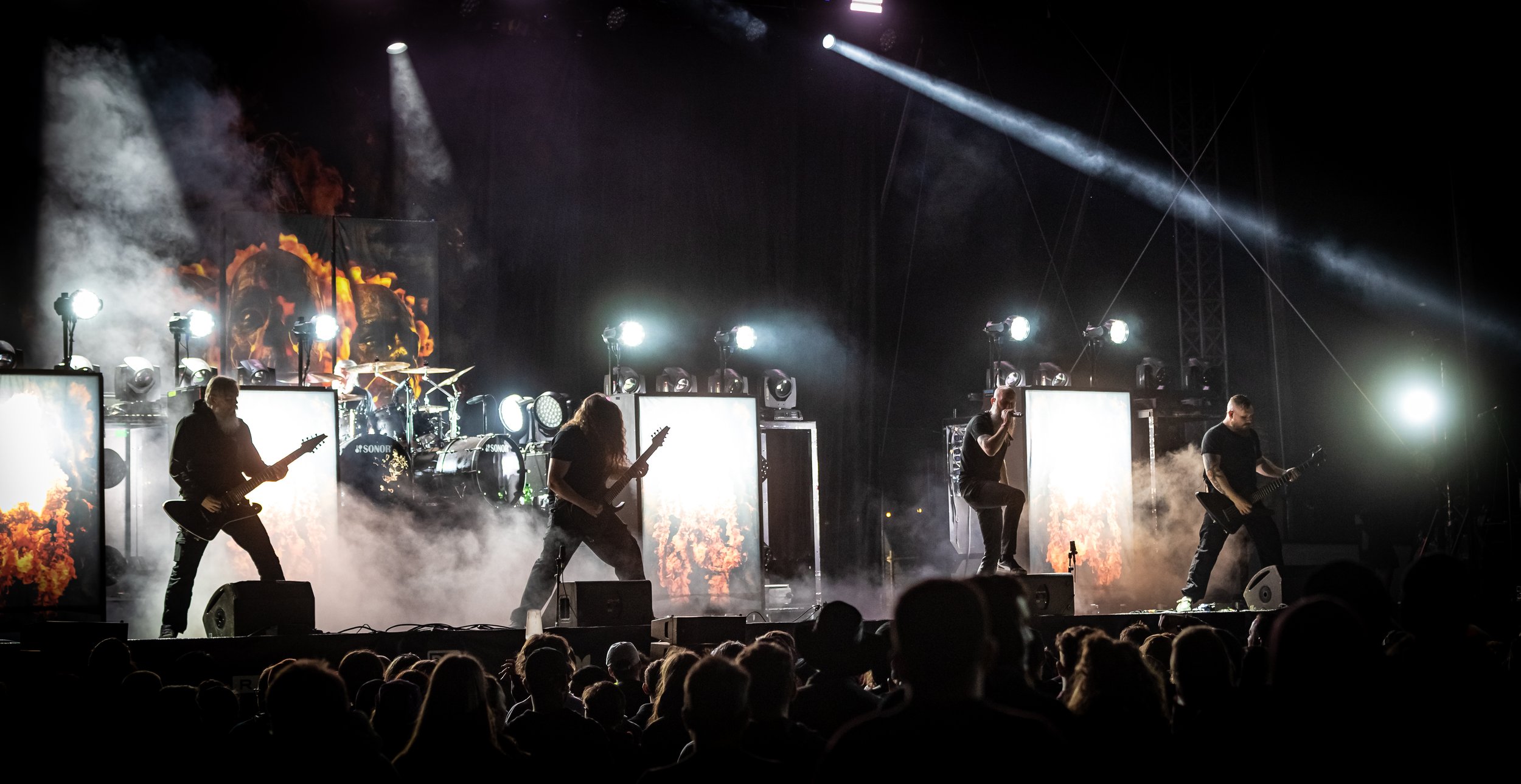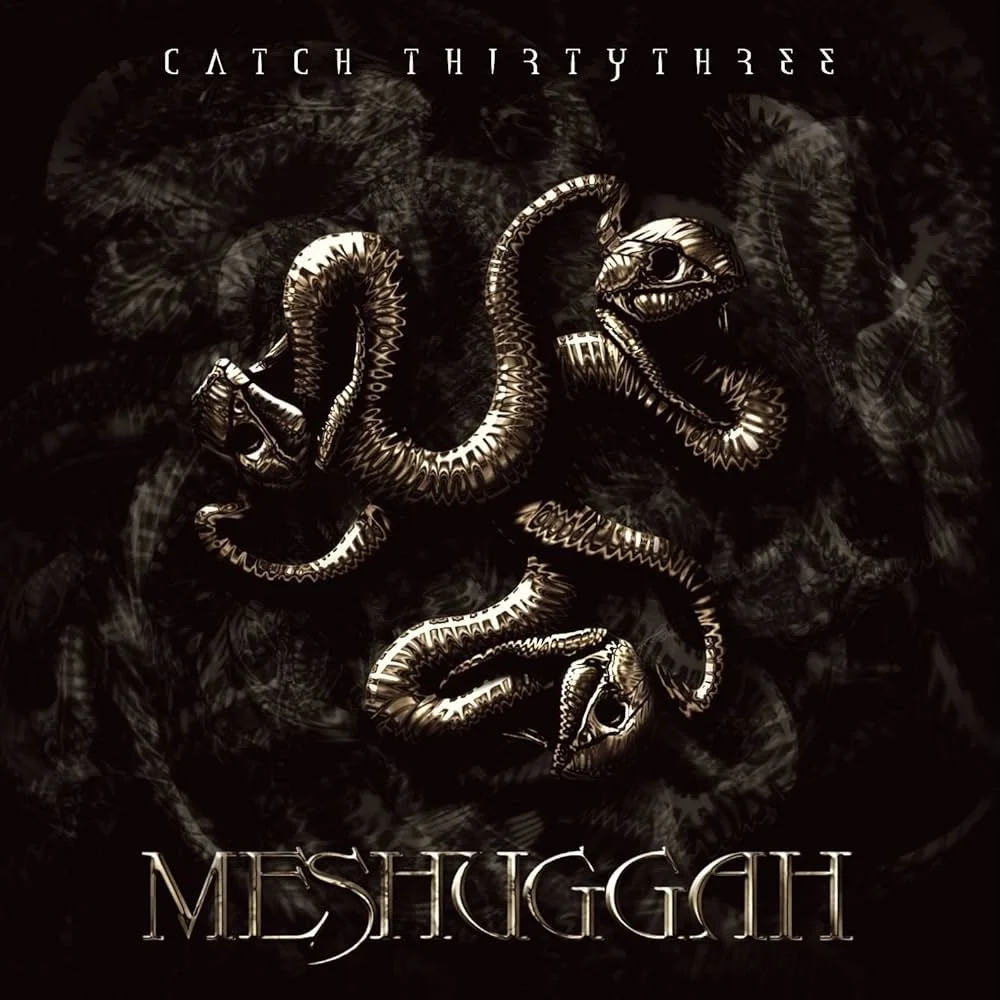Oct 23rd 1-2-3: Break The Rules - How Restriction Breeds Innovation
Greetings!
Earlier this last week, my son asked me a question: “What is your favorite long song, Dad?”
I told him, Meshuggah’s Catch Thirty Three.
Some call it an album, but technically it is one long song.
So what’s the story behind Meshuggah’s Catch Thirty Three?
1: The Story Behind The Story ( 33* minute read )
Rules are meant to be broken.
We’ve heard it said time and time again, you learn the rules to break out of them. To go against the grain, outside of the mold, to innovate.
What about formulas?
Everyone sees something that works, and they repeat.
Repeat.
Repeat.
Repeat.
Even something that was once new and fresh can become stale, old, lifeless. Void of feeling or emotion. Thoughts and constructs of ideas completely surrendered to the notion of what will sell.
Sell.
Sell.
Sell.
What is really being sold? What is art even about?
This is something that my brother and I talk about a lot outside of the newsletter, so much so, that we felt driven to write a weekly newsletter about it!
I believe, that art is meant to evoke a thought or emotion.
It is supposed to speak to something of the human experience.
But what of the inhuman experience?
What of that which is not made as a product to sell, but a body of art to experience?
Enter, Meshuggah.
Since their formation in 1987, the Swedish band had built a reputation for extreme, complex metal that included heavy rhythms, polyrhythmic riffs (multiple rhythms stacked and played at the same time), and pure technical virtuosity.
Before the album that we are here to discuss, they released four mainline albums along with other singles and EPs.
Amongst those EPs, was one called I.
I was one experimental 21 minute song that explored sonic landscapes and textural dynamics that press and push against each other through one longform song.
This would serve as the precursor to Catch Thirty Three, arguably their most experimental and disciplined of albums.
Complexity, polyrhythms, ethereal solos, punishing live drums, individual ideas, formulas.
More often than not, creators enter their creative space with a mind set on all that is at their disposal.
It’s in our nature to think wide, think broad, without realizing how often that has the opposite intended effect.
What if, we started with the emotion or thought we were trying to evoke?
From the beginning of Catch Thirty Three’s production, they knew they wanted to evoke something alien and deliberately inhuman in their next album.
Meshuggah had far from run dry in their well of creative conscious, however they decided to restrict themselves in order to birth something entirely generative.
Something akin to a kaleidoscopic musical journey, unfolding and turning where and how you don’t expect.
What if they did one long song?
Catch Thirty Three proves that real innovation isn’t always louder, it’s not always more, sometimes it’s just, weirder.
Instead of going for their natural and brutal precision, they went for the most unnatural production they could think of.
This was led by drummer and lead songwriter Thomas Haake’s decision to go with the programmed drums.
After experimenting with the drums, they decided to just full-send the drums.
Break.
Instead of the guitarists coming in with parts they had written, they worked on the spot.
The.
Rather than add guitarist Fredrik Thordendal’s ethereal solos, they added no solos.
Rules.
Catch Thirty Three, is a maze.
The song is one giant loop, not designed to showcase technical skill or prowess.
It was designed to swallow you.
As such this album is one that most fans of Meshuggah typically point new listeners to checking out last, as it is the “Final Boss” of their gargantuan and Kolossal discography.
Time has passed, and as I’ve listened more I would disagree.
Funnily enough Catch Thirty Three is one of their more accessible albums, simply-complex and easy to stay in the center of so long as that sort of thing interests you.
Take the echoes of a minimalist composer like Philip Glass or Debussy and wrap it in electronic programming, layered extended range guitars that make sounds you didn’t know a guitar could make, along with one constantly unfolding musical idea and you have Catch Thirty Three.
A creative risk.
A deliberate artistic aim.
A one of a kind song.
This album points to a turning point for Meshuggah.
There is before Catch Thirty Three, and after.
Coming from thrash roots and evolving into full technical abstraction, this song challenges not only their listener’s expectations but also their own methodologies.
While Meshuggah would go on to return to more traditional ways of tracking in some regards, what they learned through their most experimental work would live on in every subsequent release.
And it all started with a restriction to service a goal: what if we stripped back to make something that sounded unlike what our typical formula creates?
So what creative formulas have you found yourself given to?
Perhaps, there’s more to break out of than even you realize.
2: Creative Insights From Us
I. What would your project look like if you broke out and cut yourself lose of your old rules?
II. Think about the formulaic art that you see regularly. What about it do you like? What don’t you like? Are you experiencing different thoughts and emotions from that art?
3: Inspirational Quotes From Meshuggah
I. “This album is really the kind of album that needs to be listened to from start to finish. … It’s kind of trance‑y in its own way. It’s got that vibe to it just because of some of those really long ongoing riffs and movements.” — Tomas Haake
II. “Yeah, there were a lot of people that kinda disliked it. … By now, it’s actually sold quite a lot. I definitely think that it took some time for people to understand what we were getting at.” — Tomas Haake
III. “For this very album to be able to just come up with a riff, record it, record the bass and be able to record the drum part immediately, we programmed the drums … it would have taken like half a year to learn all the drum parts especially with the way we did it.” — Tomas Haake
Thank you so much for reading!
* not really a 33 minute read


